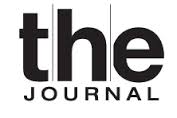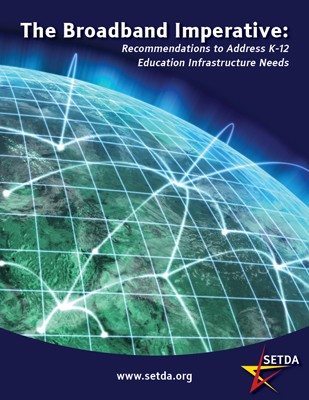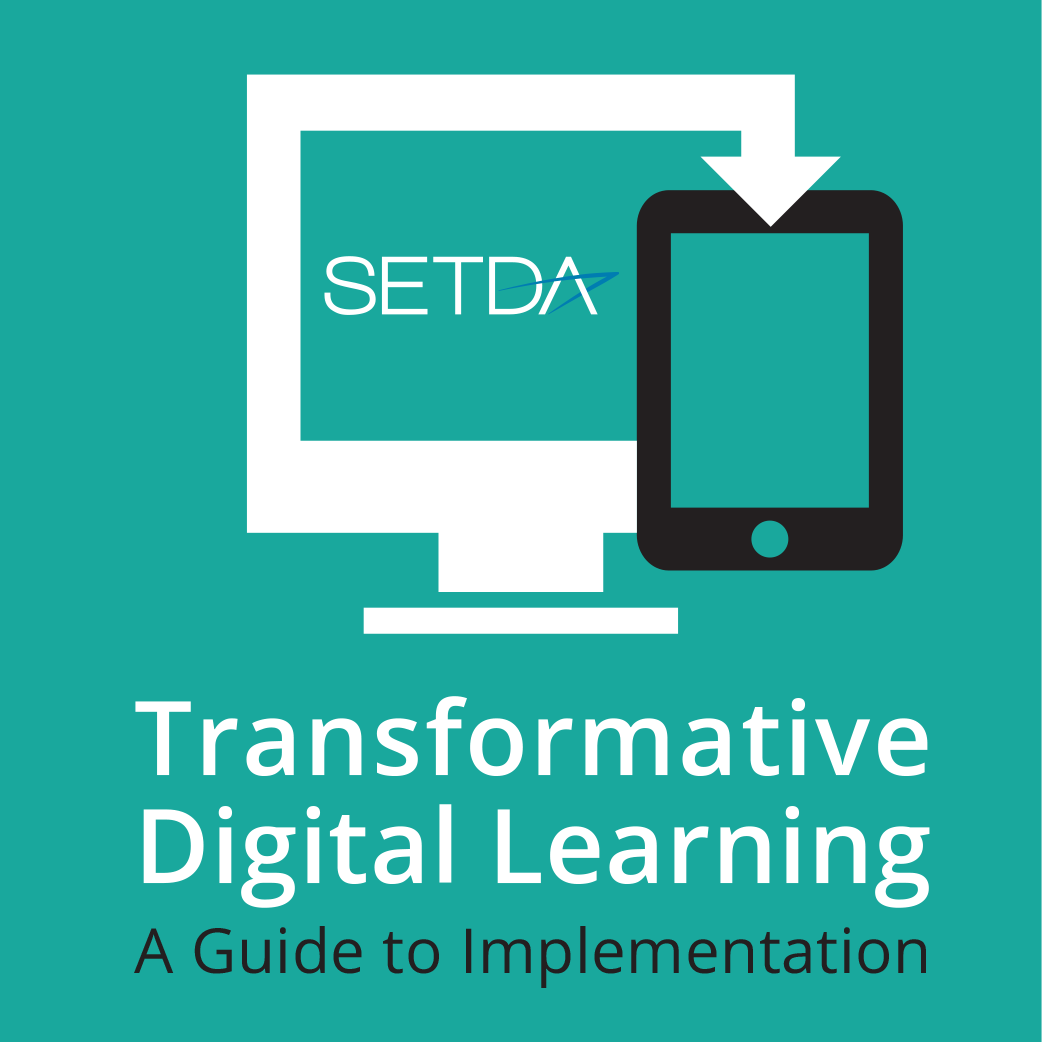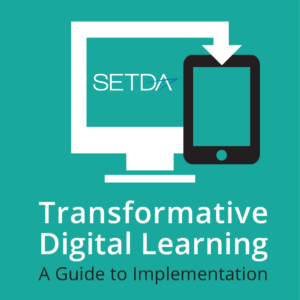


Analysis of Costs to Upgrade and Maintain Robust Local Area Networks for all K12 Public Schools
This study identifies the key equipment and services typically used to deploy and maintain a robust LAN, Wi-Fi and core WAN network and estimates the aggregate cost of the equipment.
Closing the Wi-Fi Gap in America’s Schools and Libraries
This blog post provides an overview of the need for increased Wi-Fi access in schools and shifts in the E-Rate Program.
5 Ways to Make the Most of the New E-Rate
This article provides an overview of the most recent changes to the E-rate program based on the FCC’s E-Rate Modernization initiative. h
FCC E-rate Maps of Fiber Connectivity to Schools and Libraries
This is an interactive map that shows, by School District, the percent of public schools with fiber connectivity sized by number of students. It does not show what percent of schools within a district actually subscribe to high-speed fiber.Online Speed Test Tools
This document analyses three tools that are used to assess the current level of internet connectivity available within schools. It presents a detailed description of each tool, including its strengths and weaknesses followed by observations based on measured data, and finally, conclusions.
The Broadband Imperative: Recommendations to Address K-12 Education Infrastructure Needs
The Broadband Imperative provides an up-to-date assessment of access to broadband by students and teachers (in and out of schools); current trends driving the need for more broadband in teaching, learning and school operations; and specific recommendations for the broadband capacity needed to ensure all students have access to the tools and resources they need to be college and career ready by 2014-15 and beyond.Broadband
High-Speed Broadband
High-speed broadband is essential for equitable access in schools for all students, as bandwidth capacity determines which digital instructional materials and educational applications students and educators can effectively leverage in the classroom. Reliable connectivity, like water and electricity, is foundational to creating an effective learning environment. The importance of designing high-capacity and widely available networks, including the utilization of wireless networks is essential for meeting our learning powered by technology goals.Quick Facts
- Cisco predicts that global internet traffic will be over 50,000 Gbps by 2019, more than triple the current traffic rate.
- Education Networks of America (ENA), based on its experience delivering connectivity to over 5,500 schools and libraries, continues to observe and projects into the future an internet growth rate of 65% per year.
- EducationSuperHighway predicts that the typical school district will need to triple its bandwidth in the next three years.
- CoSN’s Infrastructure Survey states that
- 39% of districts report projected growth in the next 18 months between 50% and 499%.
From the Field
The goals of Lamoille Union Middle/High School’s Lancer One Project; Universal Access, Spontaneous Learning, Equity, and Personalized Learning, were established to help meet the needs of students in rural Vermont where 48% of the population qualifies for free and reduced lunch and changes in teaching and learning were needed to increase student success. The district upgraded the school’s broadband infrastructure and provided each student with a tablet to help meet these goals.
read more
The students played an important role in the development and implementation of the Lancer One project, advocating for the project to the school board, guiding the decision-making, logistics and support of the devices. This initiative shifted instruction to more of a project based focus that gave students a new vision of learning. A review team collects data from teachers and students through interviews, observation, and surveys to support a continual improvement process. In the classroom and at home, students describe their opportunities as transformative. Students have increased access to teacher and classroom materials, they have taken ownership over learning, data and grades are shared more frequently and students find easier access to opportunities and connections outside their school community. In the February 2014 survey, 85.4% of students responded that they could, “find information, and learn new skills anytime, anywhere”. Only 40% of our students responded that they could do this prior to the Lancer One program.
Overview
Facilitator Guide
The Facilitator Guide – Connectivity provides education leaders with the information and resources they need to conduct a professional learning session. Participants will:
- Learn more about procurement and RFP management
- Identify procurement challenges and success stories
- Collaborate with colleagues and develop solutions for challenges
- Discuss how changes in state/local policies can improvement the procurement process
- Develop and maintain relationships with other district and state leaders

About This Project
-

Transformative Digital Learning: A Guide to Implementation
About this Project In collaboration with multiple education organizations and with state leaders, SETDA developed professional learning resources for states to build state-level capacity as they transition to digital learning. The project includes a set of professional learning resources, known as facilitator guides, for states and districts to use to host statewide and/or regional convenings […]

